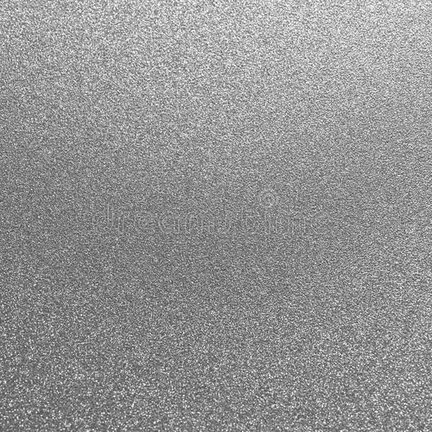Primers for silicones
One of the advantages of silicone is that it adheres to less smooth surfaces. However, if this is the intention, we often recommend the use of a primer. There is a comparison overview of silicone primers at the bottom of this page
Siliconen Primer Wacker G790
✔ Increases the adhesion between condensation and addition curing silicone and various surfaces
✔ Functions on metals, wood, various plastics such as PETG
✔ Soluble in white spirit or alcohol€ 18,25 € 15,08 Excl. tax
CompareSiliconen Primer Wacker G790 - toluene free
✔ Increases the adhesion between condensation and addition curing silicone and various surfaces
✔ Used for Arresters, Cable Accessories, Insulators
✔Organic solvent, free of toluene and aromatic solvents€ 18,25 € 15,08 Excl. tax
CompareSiliconen Primer Wacker G791
✔ low solvent content
✔ straightforward processing
✔ 2 component mixing ratio 1:1
✔ excellent adhesion
✔ no drying necessary€ 22,41 € 18,52 Excl. tax
CompareSiliconen Primer Wacker G795
✔ Increases the adhesion between condensation and addition curing silicone and various surfaces
✔ Functions on metals, wood, various plastics such as PETG
✔ Soluble in white spirit or alcohol
✔ Works with silicones with a high oil content€ 22,16 € 18,31 Excl. tax
CompareSilicone Primer Wacker ELASTOSIL® AUX G 3243
✔ Provides excellent adhesion onto various substrates.
✔ For addition curing silicone
✔ Solvent based
✔ Various application methods (e.g. coating, dipping, brushing, spraying)
✔ Further dilution in organic solvents possible€ 14,51 € 11,99 Excl. tax
CompareSilicone Primer Wacker AV (SLM 74300)
✔ low solvent content
✔ straightforward processing
✔ 2 component mixing ratio 2:1
✔ excellent adhesion
✔ no drying necessary€ 49,06 € 40,55 Excl. tax
Compare

Silicone primers provide an active surface for silicone OH bridges. This active surface then gives a better possible adhesion for silicone.
For non-absorbent surfaces it is very important that the primer for silicone is applied very thinly. In principle, the layer should be practically 1 molecule thick. Otherwise the bond will lose strength.
For absorbent surfaces most primers need to be applied sufficiently. Viscous primers are of course more suitable for such surfaces than thin ones.
The Primer AV, for example, can be used well on wood and also has a long working time.
Here you will find a short overview of the different primers for silicone we have to offer:
 Primers for silicones overview.pdf
Primers for silicones overview.pdf
Here's a nice general guide on how to best use Wacker's primers:
 EN - Priming guide for RTV Silicones by Drawin.pdf
EN - Priming guide for RTV Silicones by Drawin.pdf
If you cannot choose which primer works best, we are happy to help!
For more info on primers please also read this article:

